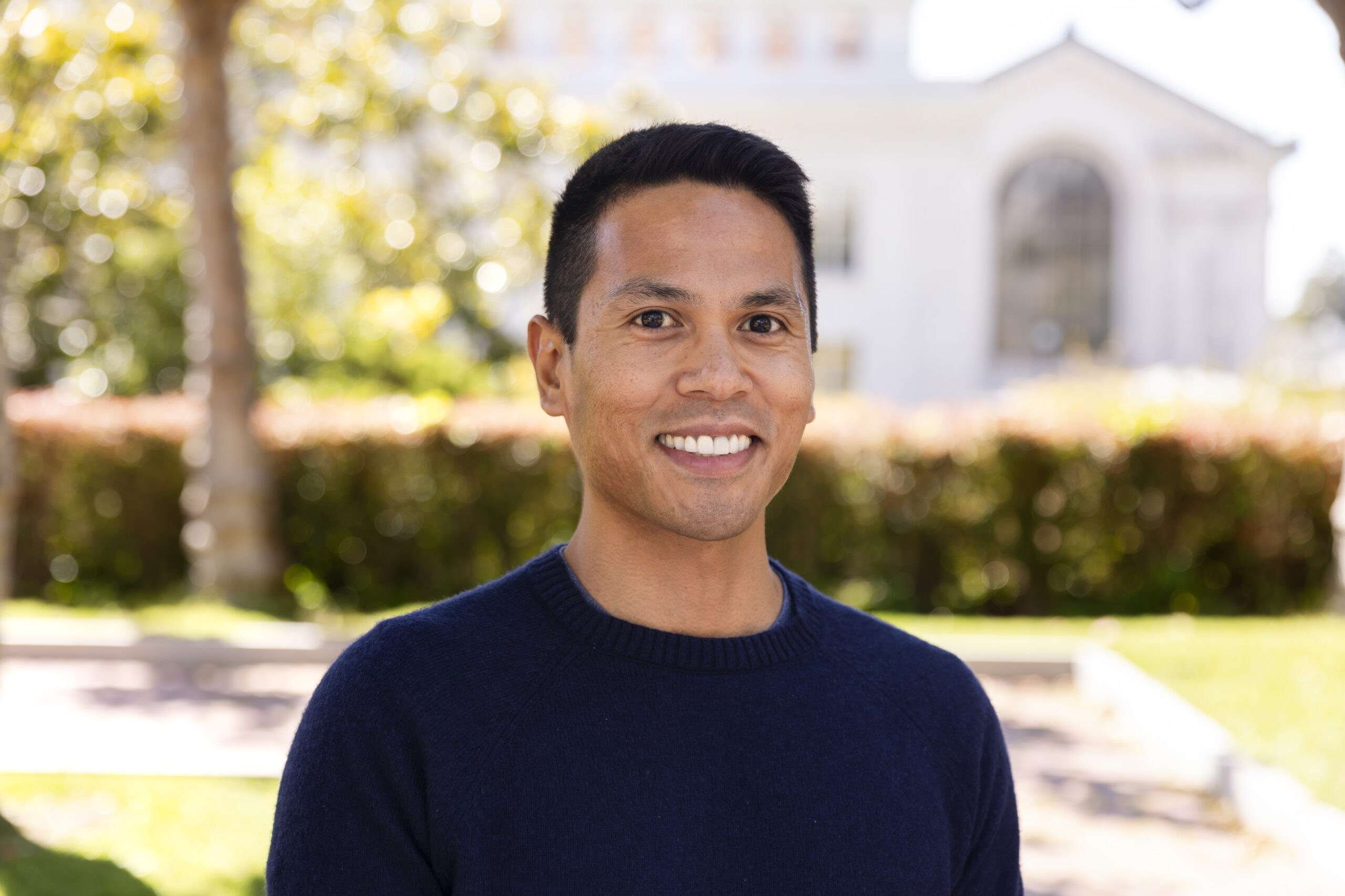
James Nuñez
Molecular and Cell BiologyDr. James Nuñez is an Assistant Professor in the Department of Molecular & Cell Biology at UC Berkeley. He is a Hanna Gray Fellow of the Howard Hughes Medical Institute, and an Investigator of the Chan Zuckerberg Biohub. He earned his PhD at UC Berkeley in the Doudna Lab.
Spark Award Project
James Nuñez is pioneering new CRISPR technologies that do not induce potentially harmful DNA breaks in human cells. Instead, he proposes to pioneer new CRISPR tools that can edit the ‘epigenetic’ chemistry of human immune cells to turn off genes that allow for more persistent anti-tumor killing activity. He will use recent advances in mRNA therapeutics to deliver his new CRISPR tools into primary immune cells for use in cancer immunotherapy applications. The resulting epigenetic editing technologies transcends to other biomedical applications where targeted silencing of disease-relevant genes leads to clinically beneficial outcomes.
James Nuñez’s Story
The Nuñez Lab – Where CRISPR Meet Epigenetics
By Niki Borghei
October 30, 2023
Gene editing has been the protagonist of science fiction novels for decades – but recent developments in CRISPR technology have plucked gene editing out of the imagination and into the labs of prominent scientists. One of these scientists, Molecular & Cell Biology Professor James Nuñez, is pioneering new technologies that can turn off any human gene in a safe manner.
Current CRISPR technology is based on a naturally occurring defense mechanism that bacteria use against viruses. For a bacterium, storing a small amount of an invader’s DNA into its own genome creates a genetic memory that allows it to “remember” previous encounters with the virus and defend itself accordingly. This gene-editing mechanism has been modified into a cut-and-paste tool with incredible scientific potential – anything from engineering crops to curing diseases. However, CRISPR isn’t perfect.
Q: What’s the main challenge with using existing CRISPR technology?
A: In the past few years, we have learned that CRISPR is fantastic but sometimes it has adverse effects from DNA breaks. Additionally, a grand challenge in the CRISPR field is getting it into the right cells and tissues. It will take many transformative innovations to solve the CRISPR delivery challenge.
Q: What does your solution to the CRISPR problem look like?
A: My lab’s research centers on tweaking CRISPR to shut off any human gene without breaking DNA. Instead, we work in the field of epigenetics – the study of how small chemical marks on DNA can decide whether a gene is on or off in human cells. We use these rules to ‘write’ chemical epigenetic marks on any DNA sequence, like disease-causing genes, that allows us to turn off that gene. All of this is done without cutting DNA – there is no scar in the human DNA sequence. In sum, we build light switches so that we can turn off any gene in a human cell and we would like to apply our tools to turn off genes that are associated with human diseases.
Q: What made you decide to study epigenetics?
A: I have been interested in epigenetics since doing research in an epigenetics lab when I was in college. When I started my PhD at UC Berkeley, I came across CRISPR in Jennifer Doudna’s lab and was fascinated with her research on how bacteria use CRISPR to fight off foreign pathogens. I did my PhD in her lab to study how CRISPR proteins work at the biochemical level. After my PhD, I wanted to bridge my two scientific interests – epigenetics and CRISPR – and I could not have thought of a better way to marry the two by using CRISPR to change epigenetic
modifications at any site in the human genome. I’ve continued that passion into my lab at UC Berkeley where we are now building new ways to modify epigenetic modifications in the human genome.
Q: How does entrepreneurship fit into your goals?
A: It is incredible to witness how CRISPR transitioned from a basic biology discovery in an academic lab to now being used to treat and manage genetic diseases in patients. Many members of my research team think like engineers –how to build new technologies to safely turn off any human gene. We are very good at building new tools but we are limited by not being able to translate our new technologies to treat and manage human diseases. That is one of my ultimate goals as a scientist and where my entrepreneurship side kicks in – to apply our technologies as genetic medicines. We have made tremendous strides on the project already. My goal is to have our epigenetic editing applications in immune cell engineering completed by the end of the three-year phase of the Spark Award.
Q: How has the Bakar Fellows Program supported your mission?
A: The Spark Award is instrumental in achieving my goal to use epigenetics for turning off genes that will lead to a clinical benefit, especially in engineering immune cells to better combat tumors. Part of the award will be to explore new ways to harness epigenetic editing to silence any human gene and the other part of the award will be to push forward our goal to deliver our epigenetic editing reagents safely into human cells. Most importantly, I am very much looking forward to being part of the Bakar Fellows Program community and learning from those who have spun their basic science discoveries into companies that aim to improve human health.